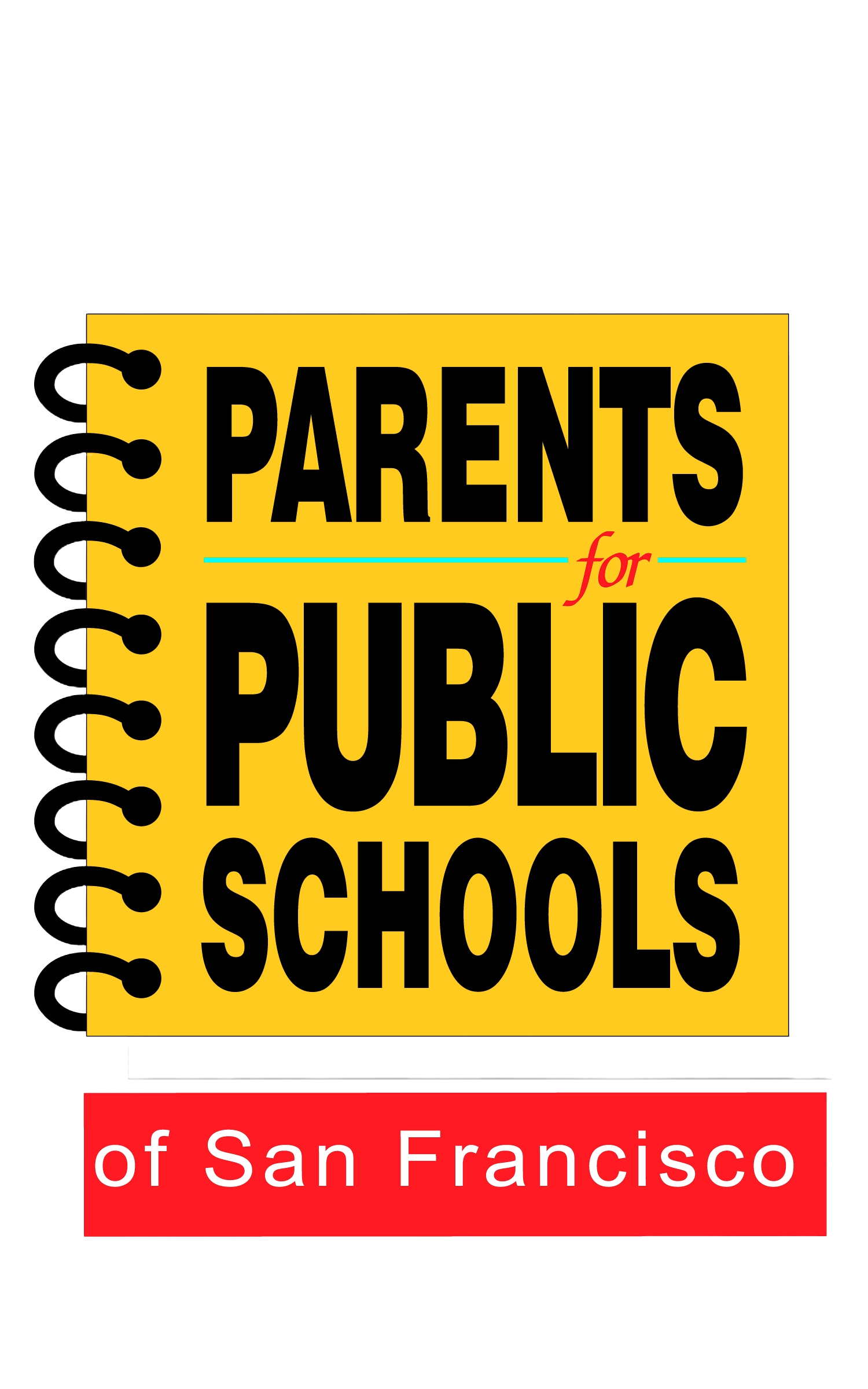Teaching and Talking About the Capitol Riots: Tips and Resources from Experts
Current events, like last week’s riots, can be scary and confusing for kids. They also are opportunities for parents and caregivers to engage in age-appropriate conversations about issues like racism, antisemitism, violence, democracy, the 1st Amendment, and to verbalize and process their feelings and fears.
Top Tips
Work through your own feelings before you sit down to have a conversation with your kids. It is normal and OK to have strong feelings and emotions about current events, but taking some time to take care of yourself can help kids feel safe and secure. The Child Mind Institute notes, “Modeling a calm, rational response and making space for questions will help kids feel less anxious and help your family to process the news in a healthy way.”
For preschool kids, reassure kids that they are safe, but don’t keep them in the dark, because they can probably sense that something scary is going on, but explain in developmentally appropriate language, and emphasize the positive as well as the negative. Child Mind Institute’s article suggests noting “Our representatives knew it was very important to continue doing their work, so they went back into the building to finish, even if it took all night! Author Kate Messner suggested in the Washington Post using language like, “Wow, something scary happened today. Let’s look for the helpers. Who were the people who were brave and who helped?
Elementary school students can be asked about what they saw and how it made them feel. Parents can help to validate feelings, give facts, and answer questions, though it is OK to say you don’t know the answer and need to research. Continue to reassure them they are safe. If it feels right, Common Sense Media suggest that you may ask open-ended questions about issues like what they notice about the way the media is talking about this event, compared to the Black Lives Matter protests. Child Mind Institute suggests that this is also an opportunity to help kids avoid “black-and-white thinking,” for example, “It’s not bad to be Republican or to have a difference in opinion, but what was unacceptable was how they went about it.”
Older kids and teenagers should be given “space to express how the feel without judgment” suggests a Common Sense Media post, which also notes that most kids get their news from social media and may need help thinking critically about what they are reading. They suggest the following discussion prompts:
What are you seeing on social media or the news about the events in the Capitol? How do you feel about what you see? Whose perspective is being featured? Whose voices are missing?
Which words are journalists or social media influencers using to talk about the situation or the people involved? Do you think they would use different words if the rioters were Black, Latinx, or Muslim?
How was the police response and the news coverage different from the Black Lives Matter protests?
Is this moment comparable to any other in U.S. history? (Use reliable sources to learn about past events. If your family has recently immigrated to the U.S., ask whether it compares with anything that's happened in your country of origin.)
How can society prevent violent attacks on democratic institutions? What specific actions can you take to have a positive impact on the future?
Articles and Resources
Helping Kids Understand the Riots at the Capitol, from Child Mind Institute. En Español.
Talking with Children About Racism, Police Brutality and Protests, from Aha! Parenting Blog (one of our favorite parenting resources!).
Talking to Kids About the Violence at the U.S. Capitol, from Common Sense Media. En Español.
How To Talk To Kids About The Riots At The U.S. Capitol, from NPR.
What Happened During the Insurrection at the US Capitol and Why? from Facing History and Ourselves. This is a guide for educators about how to teach about the event in class, but as we know, parents are teachers too!
Don’t shy away from talking to kids about the Capitol riot. They know more than you think. from the Washington Post.
When Bad Things Are Happening, from Teaching Tolerance.
Struggling To Discuss Tough Topics With A Kid? Here Are Books That Might Help, from NPR.
How to Talk to Children About Antisemitism, from PJ Library.

